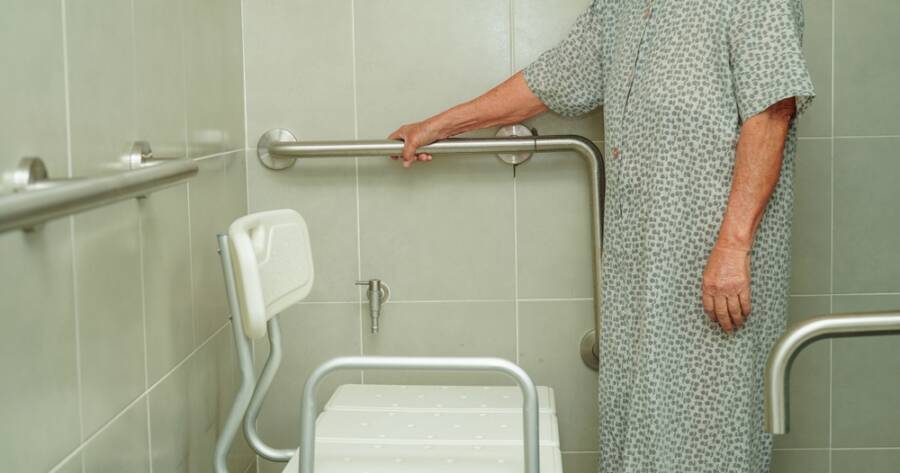Council-funded walk-in showers provide a practical solution for individuals with mobility challenges, ensuring safety and accessibility in their homes. These initiatives, often part of government or local council programs, aim to support seniors and those with disabilities by covering or subsidizing the cost of installing walk-in showers. From application processes to eligibility requirements, understanding how these programs work is key to taking advantage of them. Discover how council-funded walk-in showers can transform your home and enhance independence.
Understanding Council-Funded Walk-in Showers
Council-funded walk-in showers are part of broader government programs designed to improve accessibility and safety for people with mobility issues. These initiatives typically fall under the Disabled Facilities Grant (DFG) in the UK. The grant helps cover the cost of necessary home adaptations, including walk-in showers, to allow individuals to maintain independence and live more comfortably in their homes.
The grant is available to eligible applicants, including homeowners, tenants, and landlords. Local councils assess each application to determine whether the requested adaptation is essential for the applicant’s health and well-being.
Eligibility Criteria for Funding
To qualify for a council-funded walk-in shower, individuals must meet specific eligibility requirements. These typically include having a disability or medical condition that significantly impacts mobility or the ability to use standard bathroom facilities. Applicants often need to provide evidence of their condition, such as a medical assessment or a recommendation from a healthcare professional.
The grant amount awarded depends on an individual’s financial situation. While the Disabled Facilities Grant is means-tested, certain individuals, such as children or low-income households, may receive full funding without contributing to the cost. Councils also consider the feasibility of the adaptation, ensuring that it provides practical benefits to the applicant.
The Application Process
Applying for council funding involves several steps. First, you need to contact your local council to request an assessment by an occupational therapist (OT). The OT evaluates your needs and recommends suitable adaptations, such as a walk-in shower.
Once the assessment is complete, you can submit an application for the Disabled Facilities Grant. The council reviews your application, including your financial information, to determine the funding amount. Upon approval, you can work with council-approved contractors to install the walk-in shower. The entire process may take several weeks or months, depending on the complexity of your case.
Benefits of Council-Funded Walk-in Showers
Walk-in showers offer numerous benefits for individuals with mobility challenges. They provide easy access with low or no thresholds, reducing the risk of slips and falls. Many models also include safety features like grab bars, non-slip flooring, and seating options, ensuring a secure and comfortable experience.
By obtaining council funding, individuals can significantly reduce or eliminate the financial burden of installing a walk-in shower, making it an accessible option for those in need. These adaptations not only enhance safety but also promote independence and improve overall quality of life.
Learn More About Walk-in Showers
Council-funded walk-in showers are a valuable resource for individuals who require safer and more accessible bathroom facilities. By understanding the application process, eligibility criteria, and benefits, you can take advantage of this program to improve your home and maintain your independence. Contact your local council to learn more about available funding options and how to apply for a walk-in shower that meets your needs.
